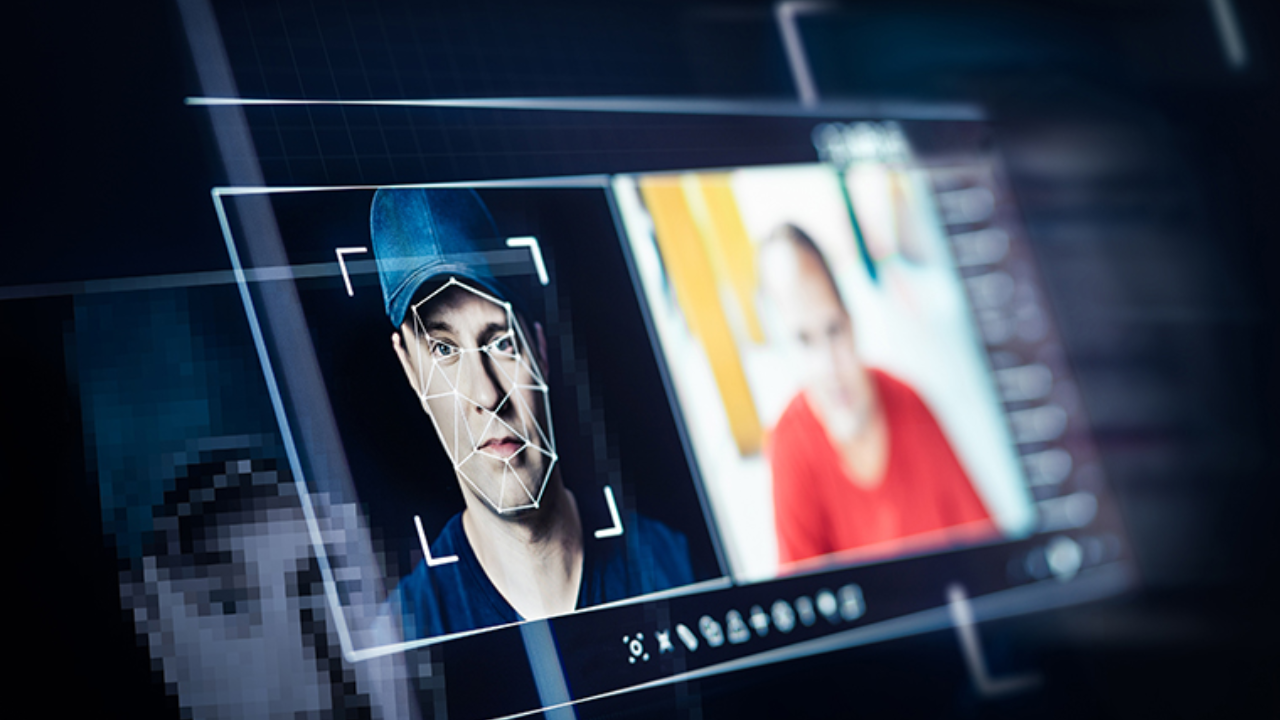How Deepfake Technology Is Influencing Political Campaigns
Introduction: The Rise of Synthetic Reality in Politics
We’ve entered an era where seeing is no longer believing. In 2025, deepfake technology — once an obscure trick limited to digital hobbyists — has matured into a sophisticated and accessible tool. And nowhere is its impact more visible, or more dangerous, than in political campaigns. From manipulated speeches to falsified endorsements, deepfakes are reshaping how voters receive information, how candidates respond, and how elections are won or lost.
As global democracies prepare for major elections, it’s essential to examine how deepfakes are influencing public opinion, spreading misinformation, and forcing campaigns to adapt.
What Is Deepfake Technology?
Deepfakes are AI-generated videos, images, or audio recordings that mimic real people with striking accuracy. By using deep learning models such as GANs (Generative Adversarial Networks), the technology can superimpose faces, copy voices, and simulate speech patterns so convincingly that even experts can be fooled.
While initially used in entertainment and satire, deepfakes have quickly found their way into political messaging, where the stakes are far higher.
Real-World Examples of Deepfakes in Political Campaigns
1. Falsified Speeches
In early 2024, a video circulated across social media that appeared to show a European leader admitting to election fraud. Though later confirmed to be fake, it reached millions before being debunked — and many viewers still believed it was real.
2. Fake Endorsements
Several campaigns have been targeted with deepfake videos of public figures (including celebrities and former presidents) falsely endorsing candidates. These are often shared through fringe networks and encrypted messaging platforms to avoid scrutiny.
3. Attack Ads and Smear Campaigns
One of the most disturbing trends is the rise of deepfake attack ads. These include videos portraying candidates saying racist, sexist, or inflammatory things they never actually said. Even when proven false, these videos can permanently damage reputations.
Why Deepfakes Are So Effective in Politics
1. Visual Trust
Voters tend to trust what they see and hear more than what they read. Deepfakes exploit this bias by mimicking the visual and auditory cues that signal truthfulness — making lies harder to detect.
2. Viral Spread
False or sensational content spreads faster on social media than factual corrections. A single deepfake can be shared thousands of times before fact-checkers respond — and the damage is often already done.
3. Erosion of Trust in Real Media
As deepfakes become more common, they create a chilling effect known as the “liar’s dividend.” This means that real footage can be dismissed as fake simply because the public no longer knows what to believe. In politics, this allows candidates to deny real controversies by claiming the content is fabricated.
How Campaigns Are Responding
1. AI Verification and Forensics
Political campaigns are now working with tech firms to deploy AI-based forensic tools that detect signs of manipulation in video and audio content. These tools analyze pixel inconsistencies, lip-sync issues, and data footprints to determine authenticity.
2. Preemptive Transparency
Some campaigns are taking proactive steps by:
- Releasing original, unedited footage of speeches
- Streaming live events to prevent content misrepresentation
- Maintaining verified accounts with watermarked content
3. Rapid Response Teams
Campaigns now include digital crisis response units whose job is to identify and debunk deepfakes in real time. These teams monitor social media trends and coordinate with journalists and platforms to limit the spread of false content.
Role of Tech Platforms and Lawmakers
1. Content Moderation Policies
Platforms like Facebook, YouTube, and TikTok have begun rolling out policies that ban malicious deepfakes, especially during election periods. However, enforcement remains inconsistent, and identifying deepfakes quickly enough is still a challenge.
2. Labeling AI-Generated Content
In some regions, new legislation requires that AI-generated political content be clearly labeled. Violators can face fines or content removal. This is part of a broader push toward algorithmic transparency in digital media.
3. Cybersecurity Collaboration
Governments are also collaborating with cybersecurity experts and tech companies to safeguard political processes. In the U.S., the Cybersecurity and Infrastructure Security Agency (CISA) has issued updated guidelines for recognizing and responding to deepfakes targeting elections.
Ethical and Legal Challenges
Despite these efforts, deepfakes pose significant ethical and legal dilemmas:
- Freedom of expression vs. misinformation: How do we regulate deepfakes without infringing on satire, parody, or artistic expression?
- Attribution and liability: Who should be held responsible for spreading a fake video — the creator, the platform, or the user who shares it?
- Global enforcement: With deepfake content often originating across borders, how can laws in one country be enforced against actors in another?
These questions remain unresolved, making deepfakes one of the most difficult issues in digital governance today.
The Psychological Toll on Voters
Beyond politics and policy, there’s a cognitive cost to living in a world of synthetic media. Voters are experiencing:
- Information fatigue
- Distrust in democratic institutions
- Increased polarization fueled by fake narratives
When everything can be faked, people stop trusting anything — and that’s a real danger to informed civic participation.
What Can Voters Do?
To stay informed and resilient in the face of deepfakes, voters must:
- Verify information using multiple trusted sources
- Check for signs of manipulation in suspicious videos
- Report fake content on platforms when encountered
- Support journalism and watchdog organizations that investigate disinformation
- Vote based on policy, not just viral moments
Education is key. The more the public understands how deepfakes work, the harder it becomes for bad actors to exploit them.
Conclusion: A Turning Point for Democracy
Deepfakes are not just a technological novelty — they are a political weapon. In the wrong hands, they threaten to mislead, manipulate, and destabilize democratic processes. In 2025, with elections looming in countries across the world, the battle against synthetic disinformation is more urgent than ever.
This is a defining moment. Will technology strengthen democracy through transparency and verification — or will it erode truth to the point of chaos?That answer depends on what governments, tech platforms, campaigns, and voters do next.





